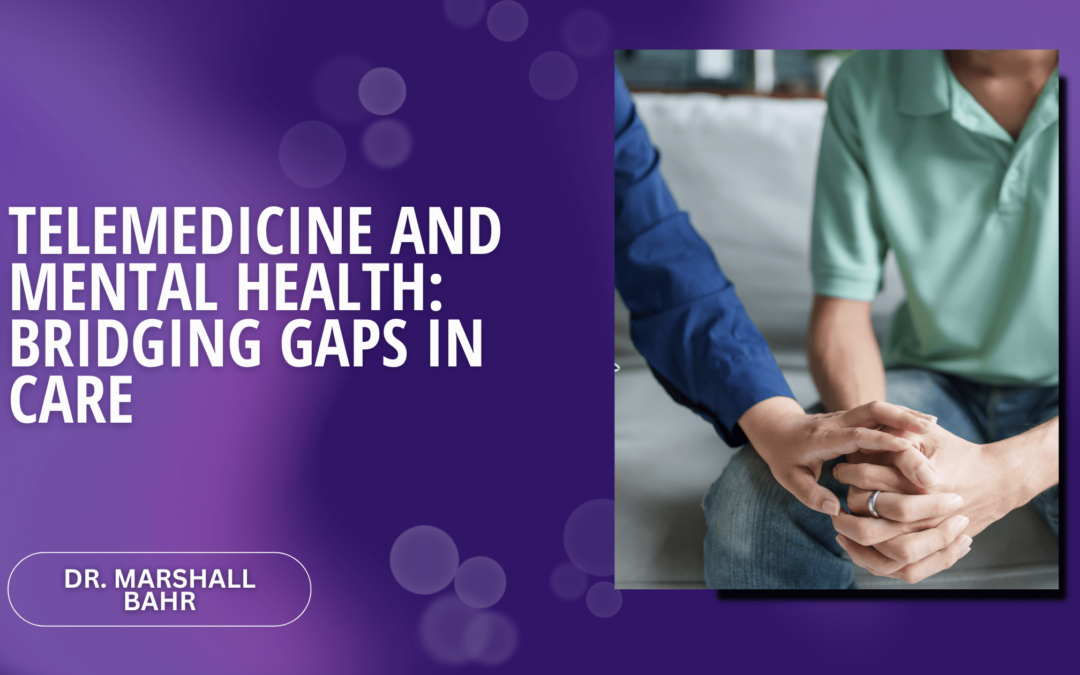Over the past decade, telemedicine has evolved from a convenient healthcare option to a vital lifeline—especially in mental health. Unlike other medical specialties that often require physical exams, mental health care translates seamlessly into virtual platforms, making it one of the fastest-growing areas of telemedicine.
One of the biggest challenges in mental health is accessibility. According to recent reports, nearly one in five adults in the U.S. experience a mental illness, yet many struggle to access timely care due to stigma, cost, or a lack of providers in their area. Telemedicine helps dismantle these barriers by connecting patients with licensed therapists, psychiatrists, and counselors from the comfort of their homes. For rural communities, where mental health professionals are scarce, this model can be transformative.
Telepsychiatry also offers patients flexibility that traditional care often cannot. For individuals balancing work, family, and personal challenges, scheduling a video session outside of standard office hours reduces the burden of travel and waiting rooms. In fact, many patients report feeling more comfortable opening up in a familiar environment, which can enhance therapeutic outcomes.
Privacy is another area where telemedicine can play a pivotal role. While stigma around mental health persists, virtual care provides a level of discretion that may encourage more people to seek help. Instead of worrying about being recognized in a clinic waiting area, patients can log in confidentially.
Of course, telemedicine in mental health isn’t without limitations. Crisis interventions often require in-person resources, and not every patient has access to reliable internet or a private space at home. Providers also face challenges in reading body language fully through a screen. However, many platforms are integrating advanced features such as mood-tracking tools, AI-powered symptom assessments, and secure messaging to supplement virtual sessions.
Looking ahead, telemedicine is poised to play an even greater role in preventive mental health. By making care more accessible, it encourages early intervention—helping people address stress, anxiety, or depression before they escalate into more severe conditions. Employers, schools, and insurers are also increasingly integrating virtual mental health programs into their services, signaling a cultural shift toward normalizing care.
Telemedicine may not replace all aspects of mental health treatment, but it is certainly expanding the reach and effectiveness of care. For many patients, the simple act of logging into a secure video call is not just about convenience—it’s about finally being seen, heard, and supported.

